This comprehensive and detailed guide to best practices in virtual training offers more than 100 practical tips for facilitating successful live online and hybrid learning, including concepts such as blended learning and the “flipped classroom.” Training expert Diana Howles builds her advice around her “Virtual Training Capability Model.” This model delves into eight areas of expertise, spanning the entire design, delivery, evaluation and improvement process. Newcomers to live online learning will benefit most, but even experienced facilitators will find this guide a useful resource.
Incorporate Learning Experience Design (LXD) into virtual training to broaden and invigorate conventional approaches to traditional instructional design.
Although you may be a veteran in-person classroom trainer, virtual facilitation requires somewhat different skills. You must be confident managing online interactivity, multitasking and logistics. You need technical proficiency, the ability to troubleshoot and a professional on-camera presence. Voice modulation and the ability to engage virtual learners are also important. By honing these skills and acquiring new knowledge, you can better meet the needs of the modern-day hybrid work environment.
Use traditional learning objectives to drive your instructional design, but reframe and share them in a way that makes it clear how the training will help the participants. Your goal is to get them thinking, “Yeah, I want to learn that.” Integrate all of the elements of the four learning dimensions framework throughout your virtual learning experiences: cognitive – the information; emotional – learner motivation; social – give and...
Diana L. Howles is a master trainer for live online and blended learning. She is a past president of the Association for Talent Development, Madison, and a regular presenter and keynote speaker at conferences worldwide.









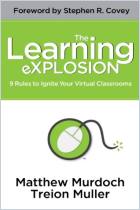
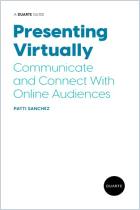
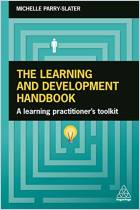
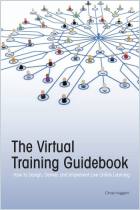
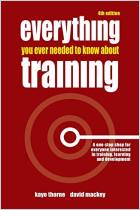





Comment on this summary or 开始讨论